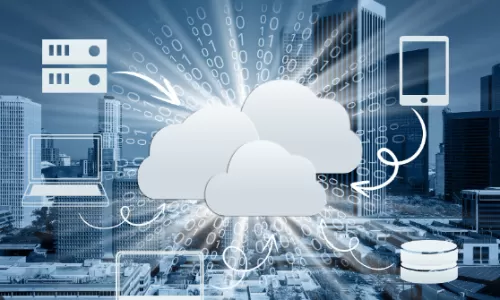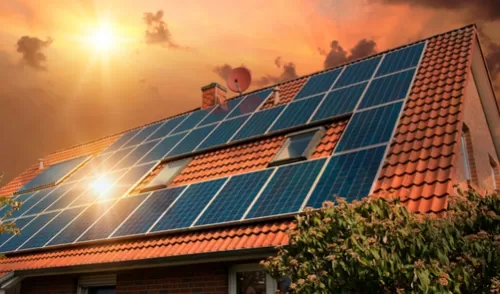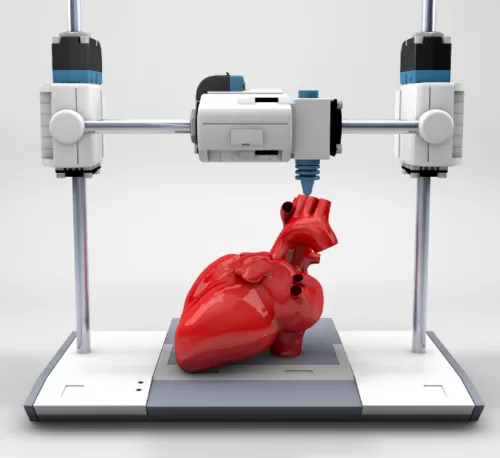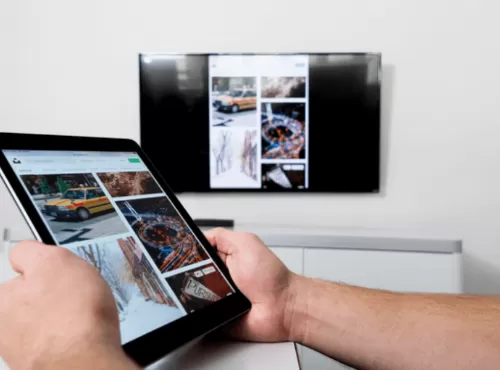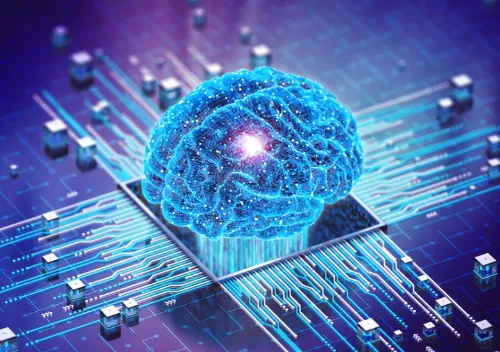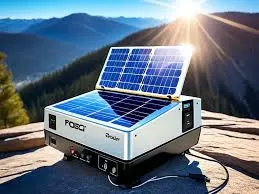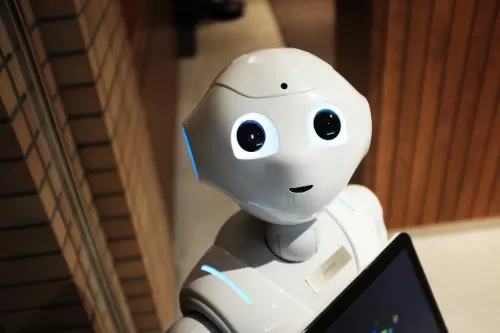Powering Your Home with Sunshine: How Clean Energy is Slashing Electric Bills Nationwide
In 2025, clean energy is no longer a niche trend—it’s a mainstream solution transforming how families power their homes. Solar panels, wind turbines, and energy storage systems are cutting electric bills while reducing reliance on fossil fuels. This guide explores how clean energy technologies are making homes more affordable, sustainable, and resilient—all while combating climate change.
Related searches
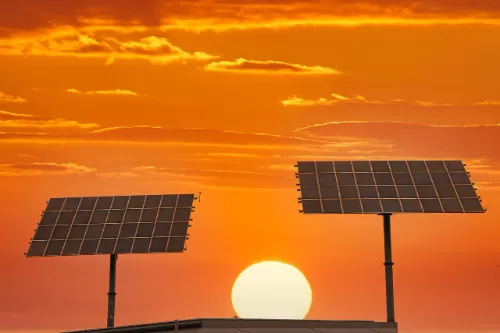
How Clean Energy Works for Your Home
Clean energy systems convert renewable resources like sunlight and wind into electricity. Solar panels, for example, use photovoltaic cells to capture sunlight and generate power, which flows directly into your home’s electrical system. Excess energy can be stored in batteries or fed back into the grid, earning credits on your utility bill. Similarly, small wind turbines harness kinetic energy to produce electricity, ideal for rural areas with consistent wind patterns.
The beauty of clean energy lies in its simplicity: no fuel costs, minimal maintenance, and zero greenhouse gas emissions. By installing solar panels or wind turbines, homeowners can reduce their dependence on coal and natural gas, which fluctuate in price and contribute to air pollution.
The Financial Benefits of Clean Energy
Switching to clean energy saves money in three key ways:
Lower Monthly Bills: Solar panels can offset 50–100% of a home's electricity needs, slashing utility costs. Even on cloudy days, panels still generate power, though less efficiently.
Tax Incentives: Governments worldwide offer tax credits and rebates for clean energy installations. For instance, the U.S. federal Investment Tax Credit (ITC) covers 30% of system costs, making solar more affordable.
Grid Independence: During power outages, battery storage systems keep homes running, avoiding costly generator rentals or food spoilage.
Over time, clean energy pays for itself, often within 5–10 years, depending on energy usage and local incentives.
Environmental and Health Advantages
Clean energy isn't just good for your wallet—it's vital for the planet. By replacing fossil fuels, solar and wind energy reduce carbon dioxide emissions, slowing global warming. A typical home solar system prevents 100 tons of CO₂ from entering the atmosphere over its 25-year lifespan.
Improved air quality is another benefit. Coal-fired power plants release harmful pollutants like sulfur dioxide and mercury, linked to respiratory diseases. Clean energy eliminates these toxins, creating healthier communities and reducing healthcare costs.
The Future of Clean Energy at Home
Advances in technology are making clean energy even more accessible:
Smart Grids: These systems optimize energy distribution, ensuring homes use renewable power efficiently.
Affordable Batteries: Innovations in lithium-ion and solid-state batteries allow homeowners to store excess energy for nighttime use.
Community Solar: Shared solar farms enable renters and homeowners without rooftop access to benefit from clean energy.
In 2025, companies like Tesla and SunPower are leading the charge with sleek, integrated solar solutions. As demand grows, installation costs continue to drop, making clean energy feasible for millions.
Conclusion: Power Your Home—and the Planet—with Clean Energy
Clean energy is revolutionizing home living by combining affordability, sustainability, and innovation. Whether through solar panels, wind turbines, or battery storage, homeowners can slash bills, reduce their carbon footprint, and contribute to a healthier planet. As technology evolves and policies support adoption, the future of energy is bright—and it's powered by the sun.
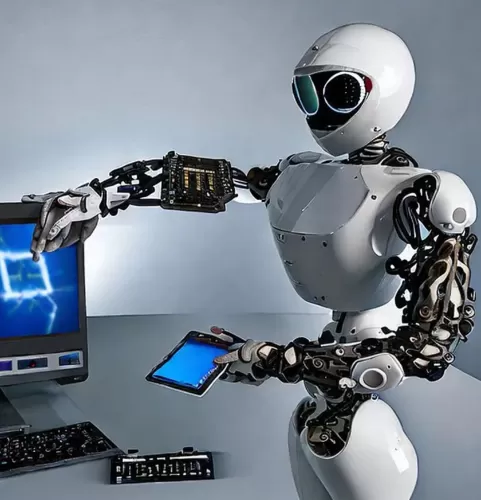
The Impact of AI on Business and Manufacturing: Transforming Industries with Innovation

Understanding Network Operators in the United States

Powering Your Home with Sunshine: How Clean Energy is Slashing Electric Bills Nationwide
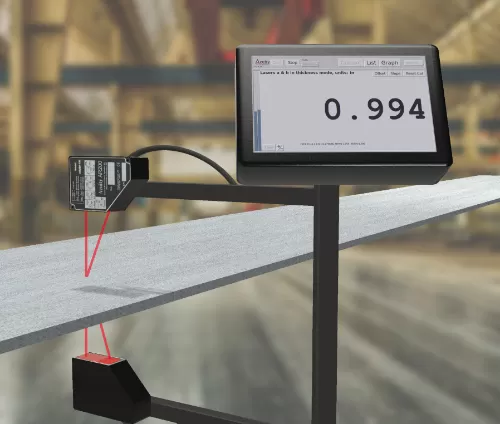
The Ultimate Guide to Measurement Sensors: Precision, Efficiency, and Innovation

Start Your Journey in Digital Marketing: Careers, Opportunities, and Growth

5 Creative Ways To Use Photo Prints: Beyond The Frame For Home And Gifts


